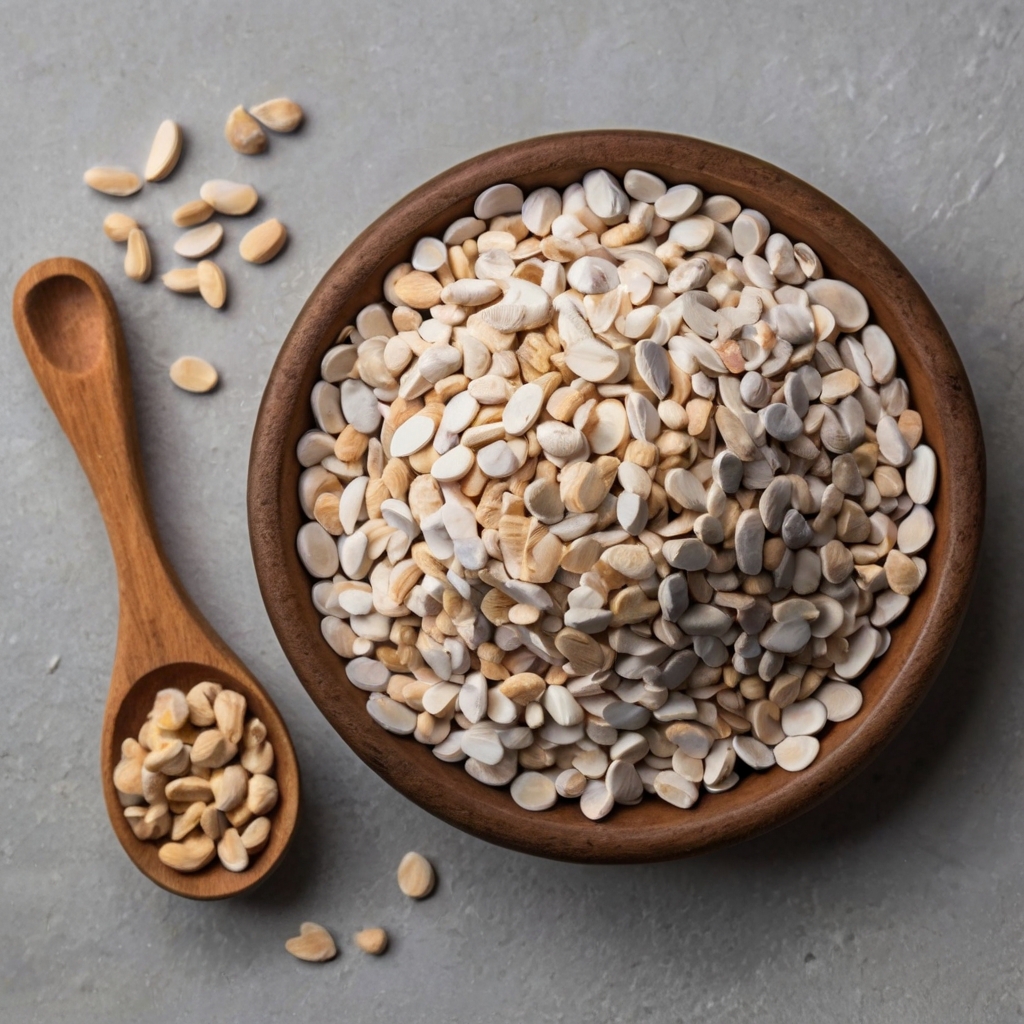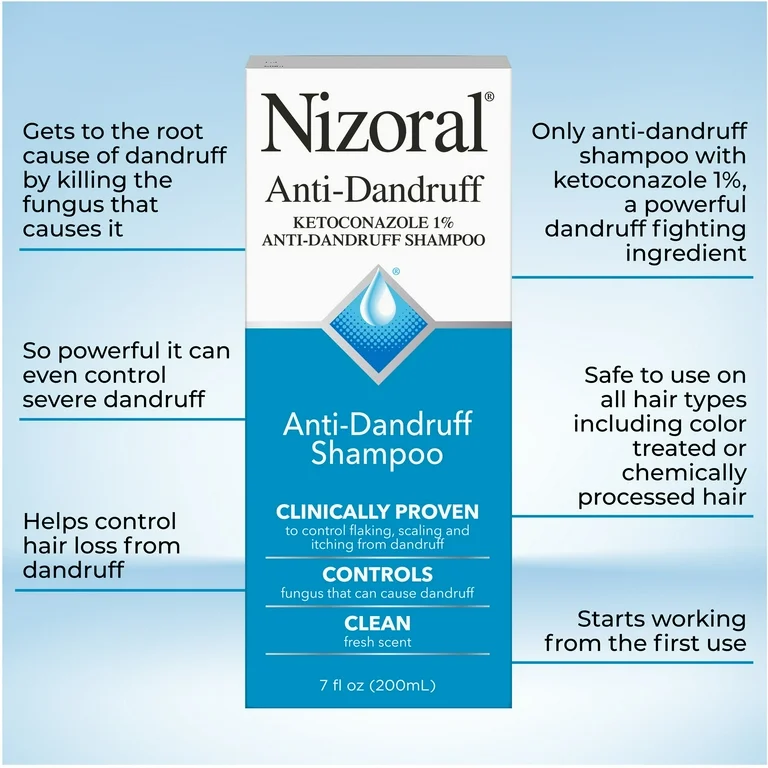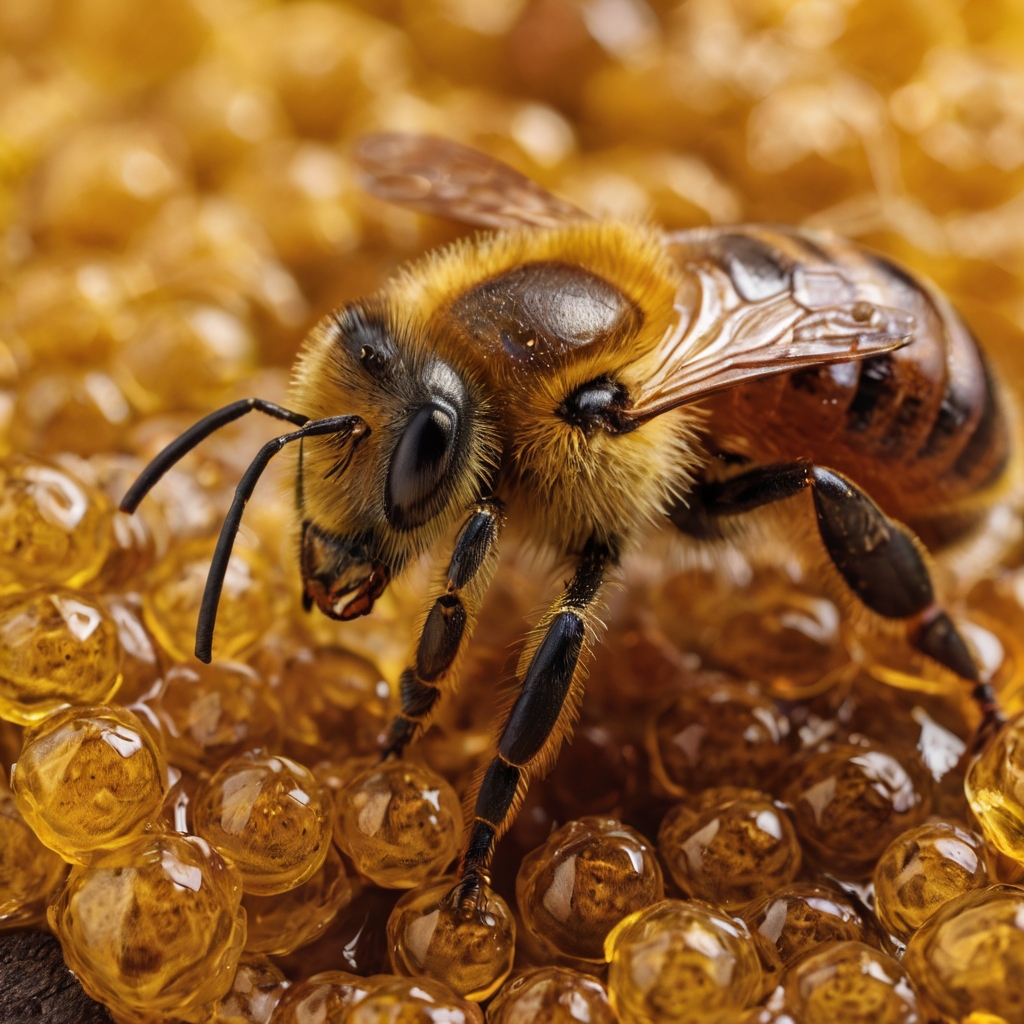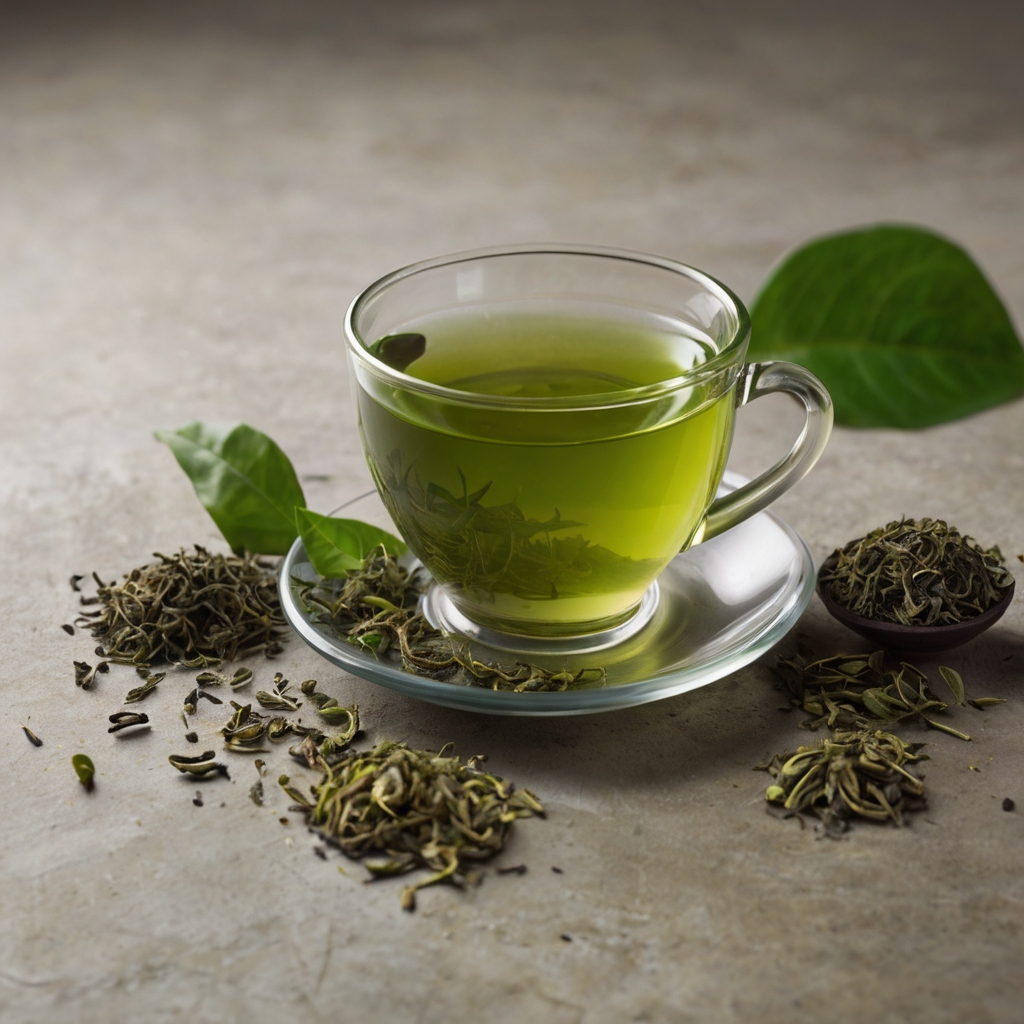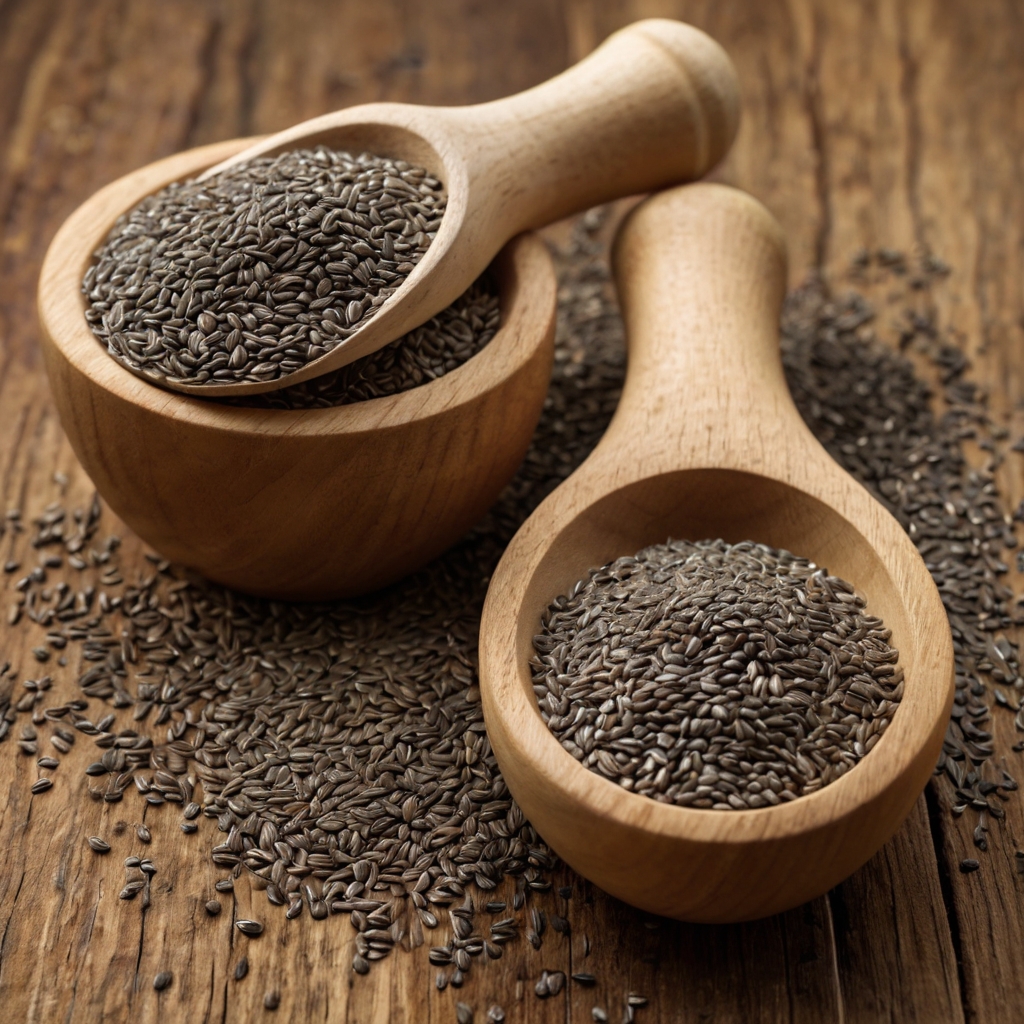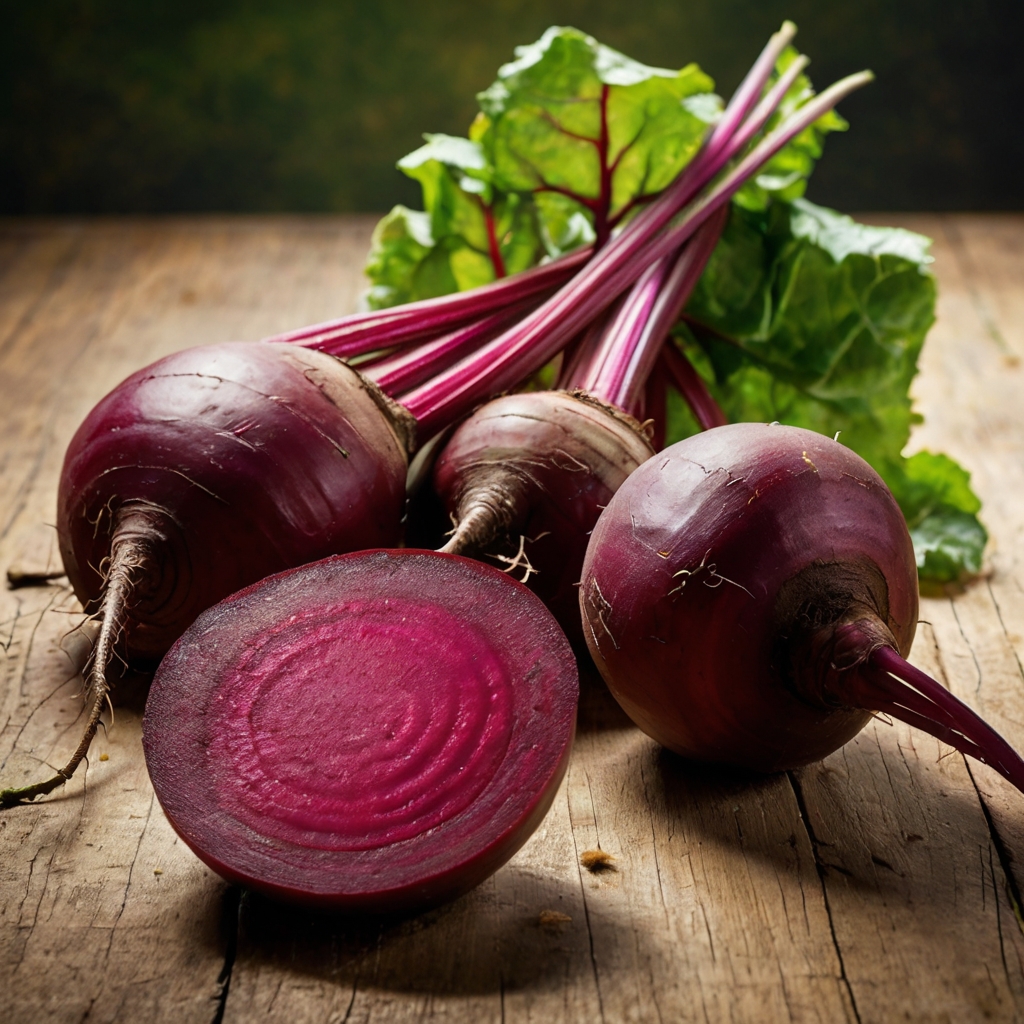Echinacea Benefits for Skin
Echinacea’s skin benefits go way beyond its prominent immune-boosting properties. Clinical evidence shows remarkable results for skin concerns of all types. A 2022 clinical trial with 114 participants showed that echinacea users experienced better acne improvement over eight weeks compared to groups using probiotics or other herbal products. This powerful plant extract delivers impressive results … Read more


